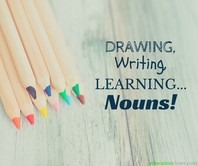
When I met with the first grade teachers to plan our HOT Block lessons, they mentioned that many students needed to review nouns: a person, place or thing. Proper nouns need a capital letter. Reviewing sentence structure and those all important capital letters at the beginning of a sentence and don’t forget our ending punctuation!
The CCSS for Language in first grade call for students to write, and write often. The National Core Arts Standards call for students to Engage collaboratively in exploration and imaginative play with materials. On the first day, the classroom teacher reviewed nouns and had the students start with pictures. Since nouns can be a person, place or thing, that is what we had them do first: choose one of each and draw a separate picture for each one.
During our next HOT Block, I modeled with my noun pictures how they will use their three nouns together to create a creative sentence and draw a picture. A few students volunteered different ways to use my three words to create different, and sometimes silly sentences. We gave the students their papers from last week and they were excited to create a new illustration and sentences with their nouns!
It is fun for students to play with language and drawing. Reviewing language and art standards in this way is developmentally appropriate for all ages, the student creates their own graphic (art) organizer.
Scroll down for the CCSS and NCAS for this lesson, and let me know how you use drawing to help students remember, practice and learn!
English Language Arts Standards for Language covered in these lessons:
CCSS.ELA-LITERACY.L.1.1
Demonstrate command of the conventions of standard English grammar and usage when writing or speaking.
CCSS.ELA-LITERACY.L.1.1.A
Print all upper- and lowercase letters.
CCSS.ELA-LITERACY.L.1.1.B
Use common, proper, and possessive nouns.
CCSS.ELA-LITERACY.L.1.2
Demonstrate command of the conventions of standard English capitalization, punctuation, and spelling when writing.
CCSS.ELA-LITERACY.L.1.2.A
Capitalize dates and names of people.
CCSS.ELA-LITERACY.L.1.2.B
Use end punctuation for sentences.
CCSS.ELA-LITERACY.L.1.2.E
Spell untaught words phonetically, drawing on phonemic awareness and spelling conventions.
National Core Arts Standards taught in these lessons:
Anchor Standard 1: Generate and conceptualize artistic ideas and work
Enduring Understanding: Creativity and innovative thinking are essential life skills that can be developed.
VA:Cr1.1.1a: Engage collaboratively in exploration and imaginative play with materials. (Nouns)
Anchor Standard 2: Organize and develop artistic ideas and work
Enduring Understanding: People create and interact with objects, places, and design that define, shape, enhance, and empower their lives.
VA:Cr2.3.1a: Identify and classify uses of everyday objects through drawings, diagrams, sculptures, or other visual means.
This blog was first published on Education Closet.
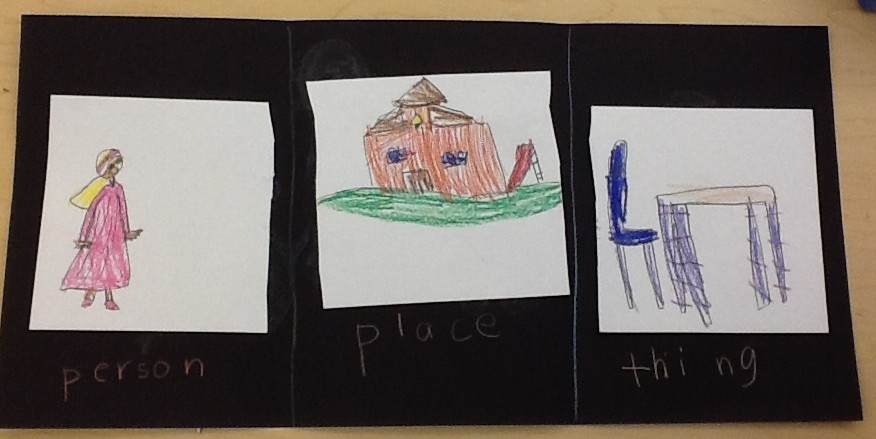
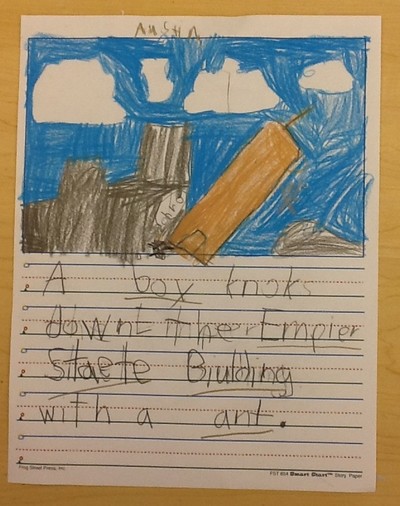
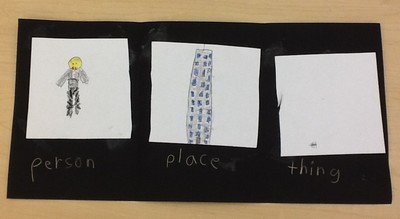
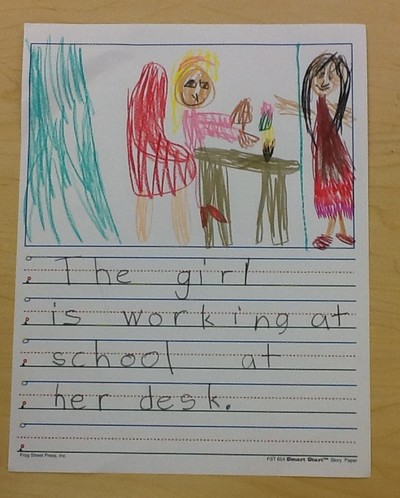
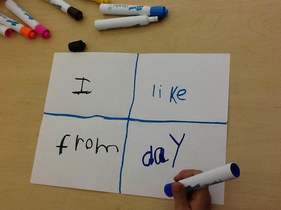
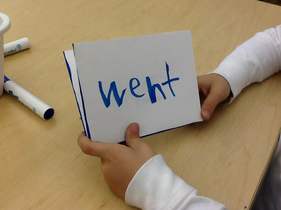
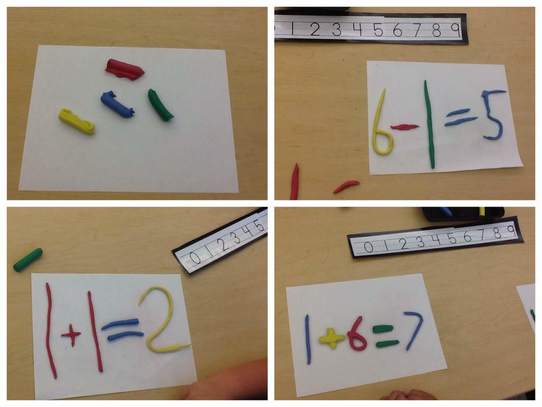
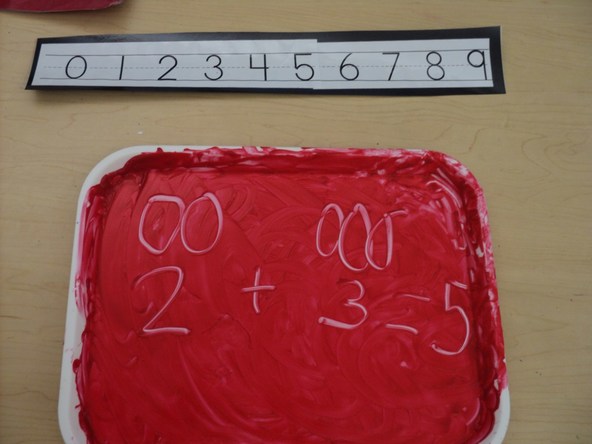
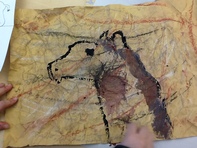
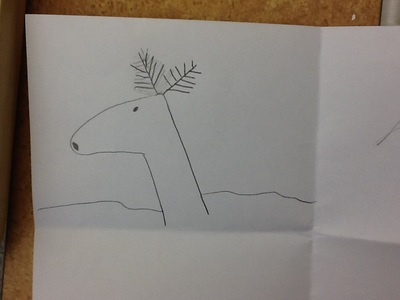
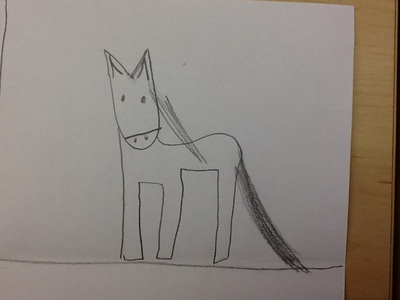
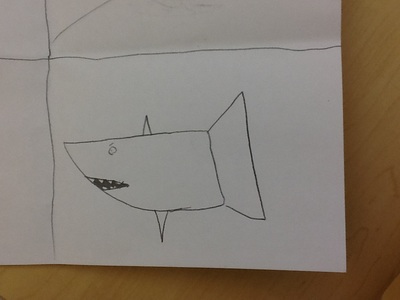
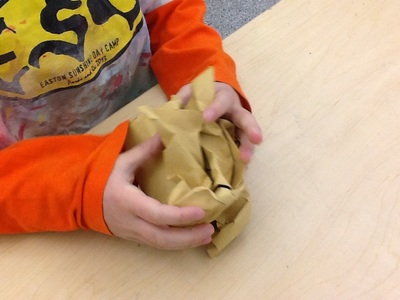
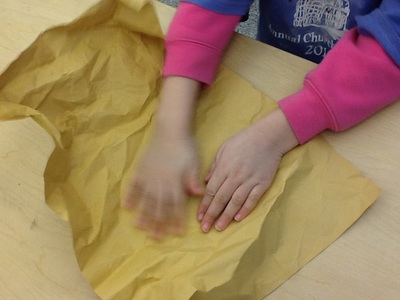
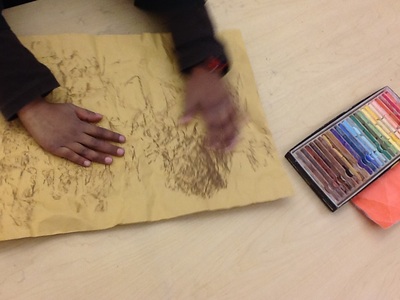
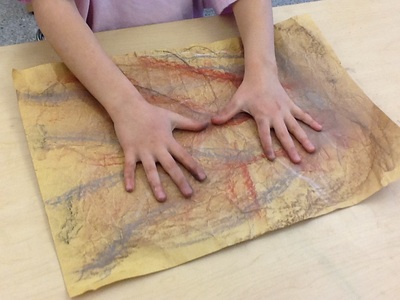
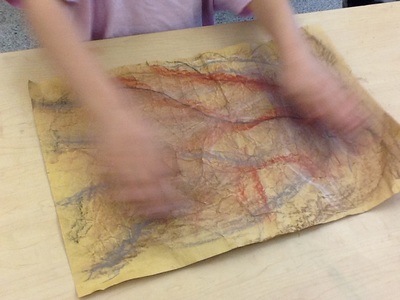
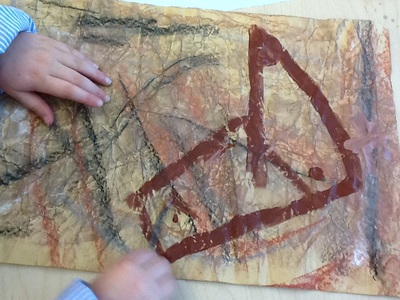
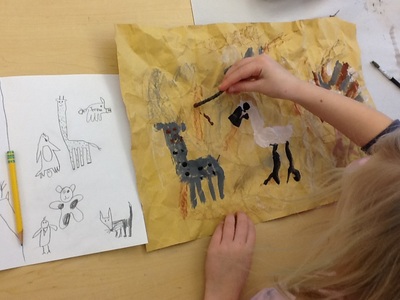

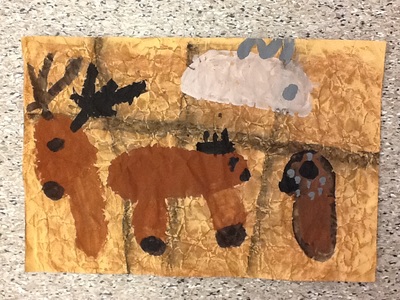


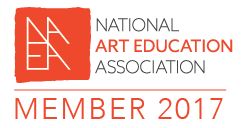


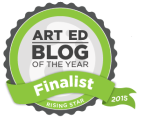
 RSS Feed
RSS Feed
